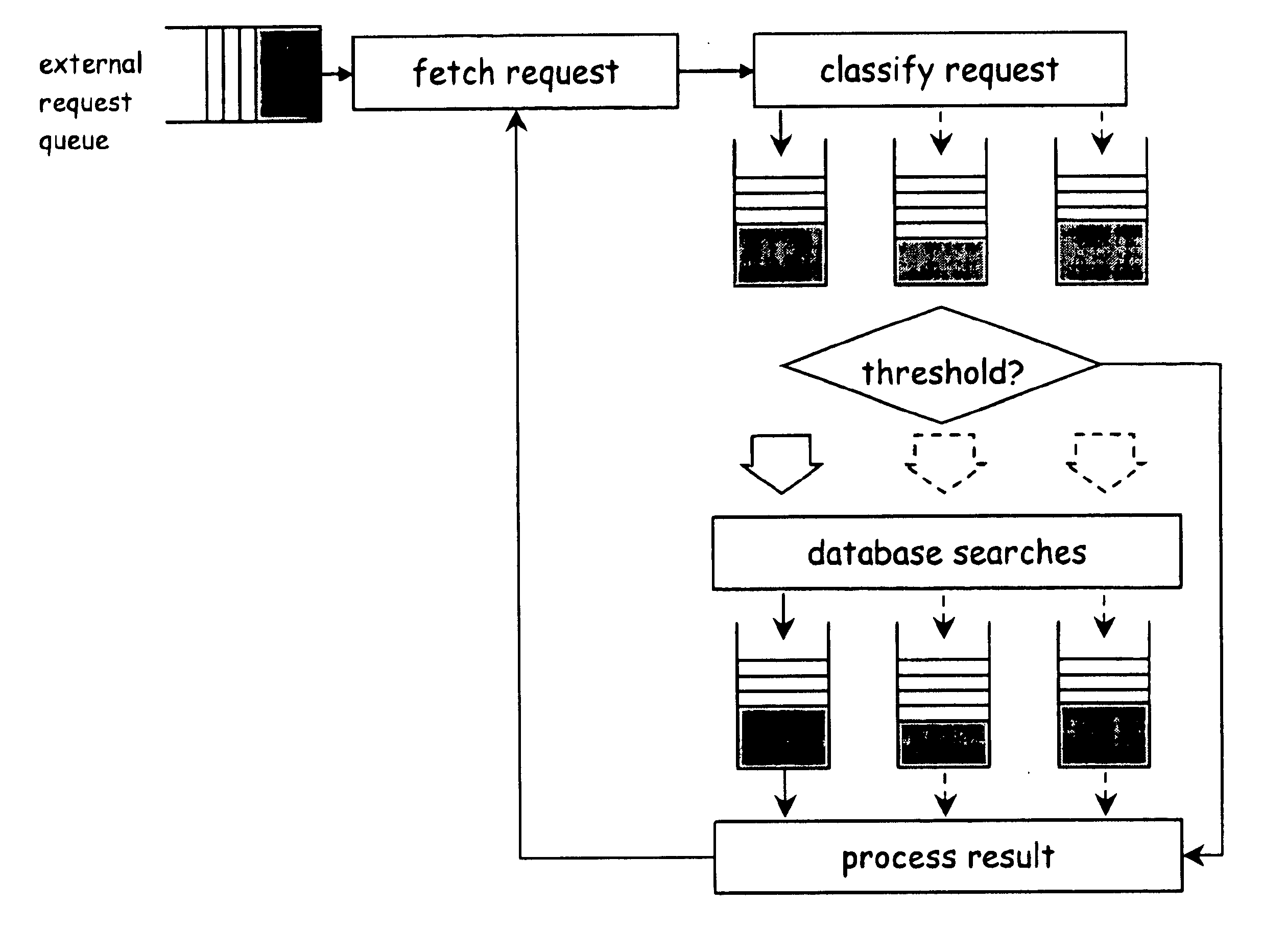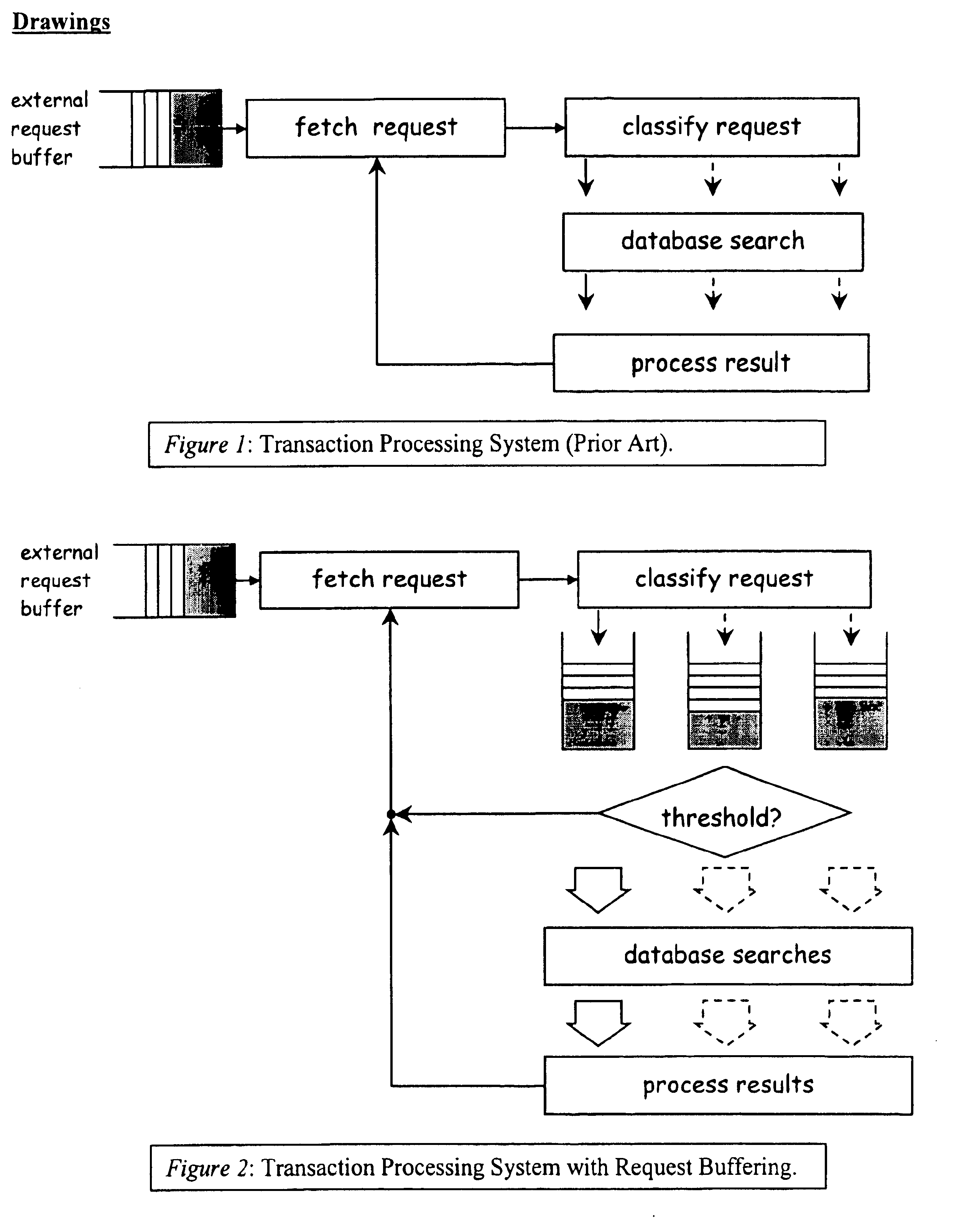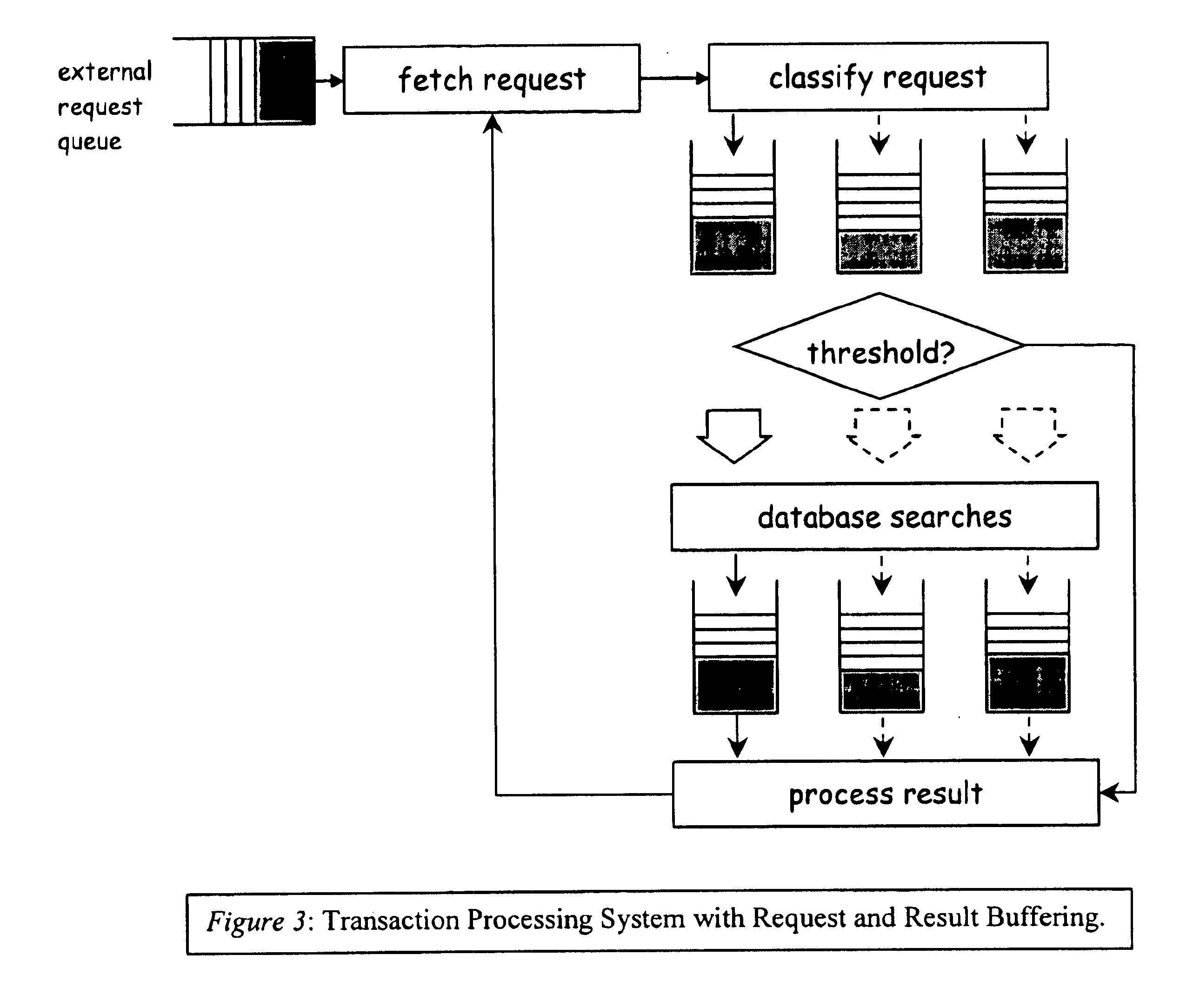Method and apparatus for prefetching recursive data structures
a data structure and recursive technology, applied in the field of methods and apparatus for prefetching recursive data structures, can solve the problems of increasing the miss rater, creating a vicious cycle, and difficult to maintain program correctness in pointer based codes, so as to increase the potential throughput of the computer system and increase the cache hit rate
- Summary
- Abstract
- Description
- Claims
- Application Information
AI Technical Summary
Benefits of technology
Problems solved by technology
Method used
Image
Examples
Embodiment Construction
Prefetching pointer-based data structures is much more difficult than prefetching data structures with regular access patterns. In order to prefetch array based data structures, Klaiber and Levy1 proposed using software pipelining—a method of issuing a prefetch request during one loop iteration for a memory operand that would be used in a future iteration. For example, during loop iteration j in which an array X[j] is processed, a prefetch request is issued for the operand X[j+d], where d is the number of loop iterations required to hide the memory latency of a cache miss. The problem with this loop scheduling technique, prior to the introduction of this invention, is that it could not be applied to pointer-based data structures. A concurrently submitted application addresses this problem for data structures in which the traversal path is predefined, such as linked list traversal and post-order traversal of a tree. This invention addresses the problem for data structure traversals i...
PUM
 Login to View More
Login to View More Abstract
Description
Claims
Application Information
 Login to View More
Login to View More - R&D
- Intellectual Property
- Life Sciences
- Materials
- Tech Scout
- Unparalleled Data Quality
- Higher Quality Content
- 60% Fewer Hallucinations
Browse by: Latest US Patents, China's latest patents, Technical Efficacy Thesaurus, Application Domain, Technology Topic, Popular Technical Reports.
© 2025 PatSnap. All rights reserved.Legal|Privacy policy|Modern Slavery Act Transparency Statement|Sitemap|About US| Contact US: help@patsnap.com



